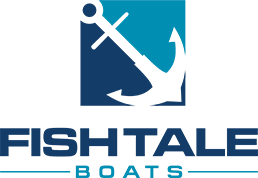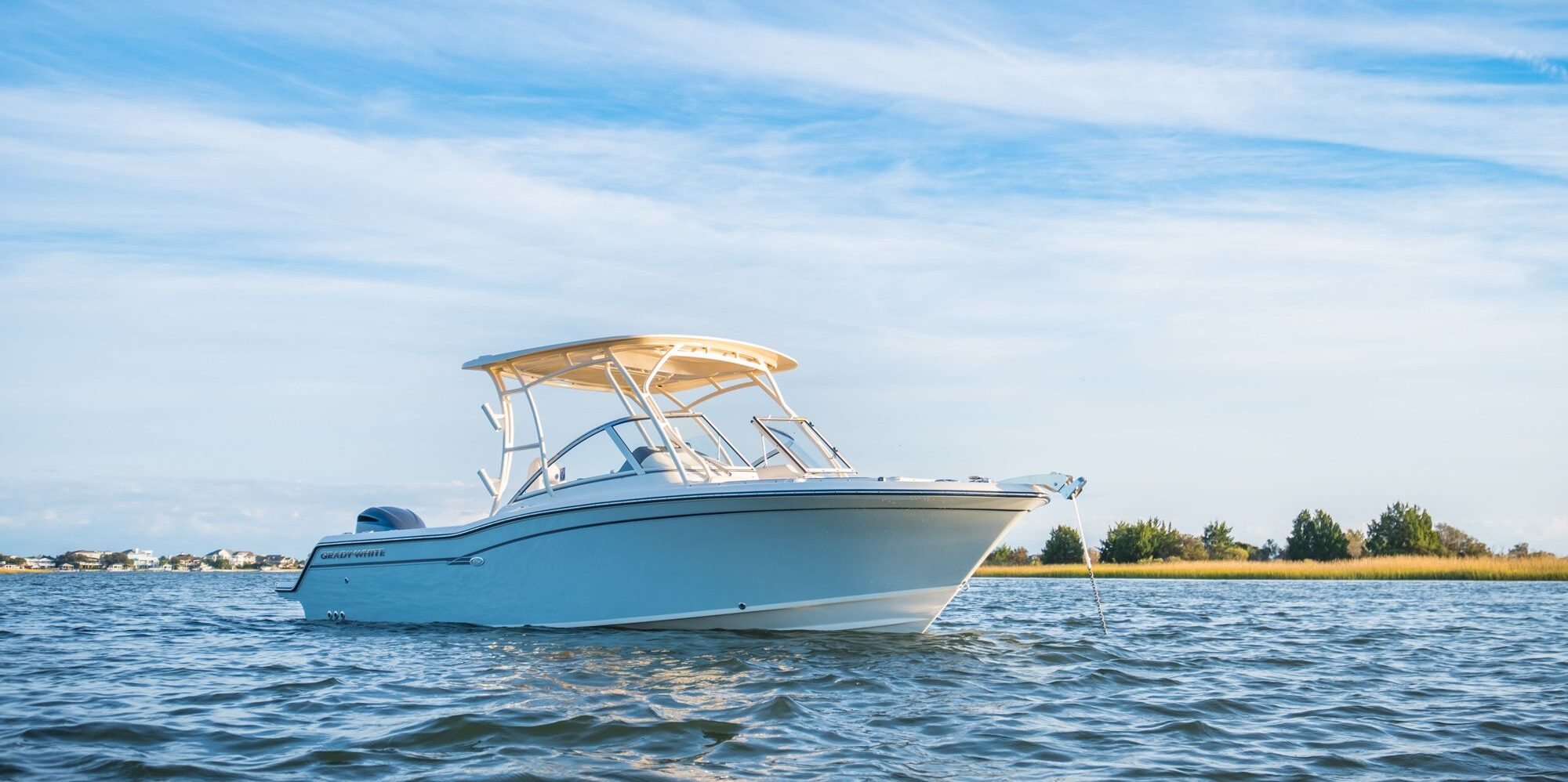National Safe Boating Week is from May 18th to May 24th this year and there is no better way to celebrate than by familiarizing yourself with safe boating practices. Even if you are a seasoned boater, there is always more to learn to keep yourself and others safe on the water! Here’s what you should know about boat safety and how to apply safe boating practices:
Importance of Boating Safety
Whether you are just cruising around the bay or headed out for a deep-sea fishing trip, there are plenty of reasons that boating safety is important to consider when you are out on the water. Safe boating practices keep you and those around you safe. Being aware of boating safety regulations and practices prevents accidents and injuries out on the water. Not knowing your legal responsibilities when boating or not being familiar with regulations can also lead to fines and other consequences from the Florida Fish and Wildlife Conservation Commission (FWC).
Statistics on Maritime Accidents
On average, there are over 700 boating accidents in Florida per year, with 60 or more deaths. FWC reports that drowning was the leading cause of death in 2022 and of those deaths, over 80% were not wearing a lifejacket. They also found that most of these accidents are caused by not paying attention to or not having the needed experience. The majority of accidents are caused by people without formal boating education.
Checking Weather Conditions
Boating education and wearing a life jacket are two key elements of boat safety. However, another important element is checking the marine weather before you head out. Keep an eye on the forecast before you hit the water and make sure you have a good understanding of weather patterns and their potential risks. For example, what wind speeds do you feel comfortable boating at? What’s your experience level in different weather conditions? Are you well versed in boating in the conditions that are currently forecast?
Inspecting the Boat
You’ve checked the weather and packed the life jackets but don’t forget to inspect your boat! You’ll want to make sure you have all the necessary safety equipment and emergency tools on board, not just life jackets. For example, do you have flares, an EPIRB device, and a satellite phone? Once you’ve done a thorough check of your safety equipment, move on to checking your boat itself. Your fuel tank should be full before you set off and your batteries well charged. Double check that all electrical systems and your engine are in working order too!
Creating a Float Plan
If you don’t come back from a boat trip on time, who will be the first to notice? How long will it take, and will they have any idea where you might be? If you are unsure how to answer these questions, you need to create a float plan for each trip. A float plan ensures someone knows where you are, who you are with (and their contact information), and when you plan to return from a trip. You might have a more informal float plan with friends and family, or you can opt for a written version that you leave at the marina or harbor before you leave. Additionally, there are online apps that allow you to digitally share your float plan too!
Have a safe trip!
You’ve got your safety gear, checked your boat is in working order, checked the weather… now what? It’s time to hit the water! Remember that inexperience and not paying attention are your two biggest risk factors while out on the water so stay well within your experience level and keep your eyes on the water. We look forward to seeing you out there!
Interested in learning more? Contact the experts at Fish Tale
Boat safety is a priority for all of us at Fish Tale Boats. On our boating resources page, you’ll find useful boating safety links as well as our boating safety guide. You are also more than welcome to stop into the showroom to ask us any safety questions or find us at your nearest boat show to learn more about our boats, our company, and our commitment to safety!





